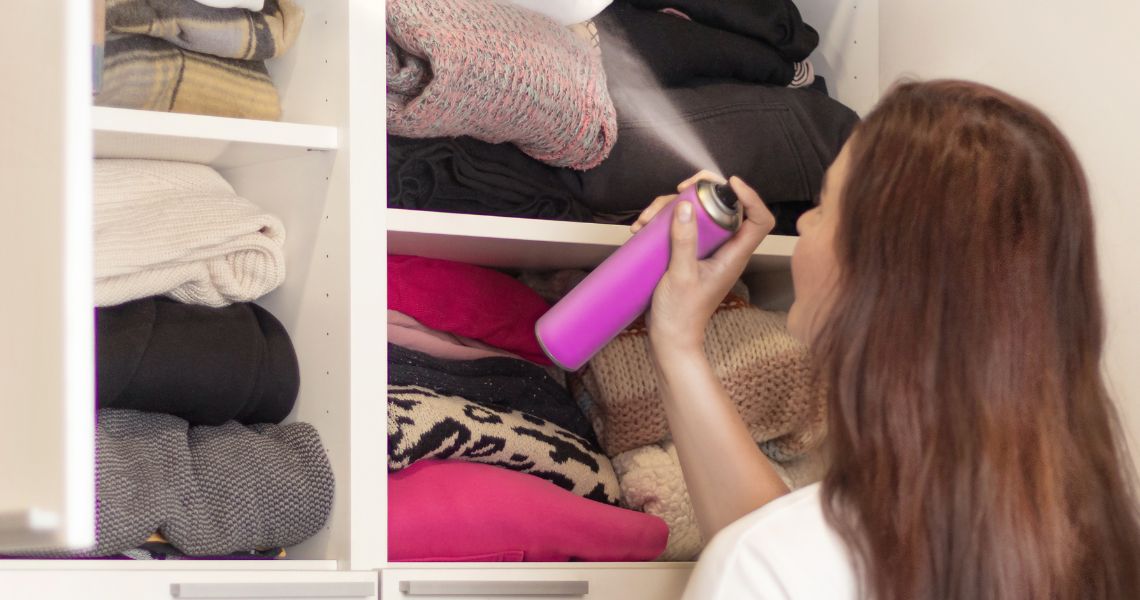How to get rid of damp from cupboards and wardrobes?
Find out how to get rid of damp from cupboards and wardrobes effectively, and to prevent it appearing with these simple tips.

Damp usually forms in closed spaces that are not properly ventilated, particularly in humid climates or places where there are sudden changes of temperature. When this problem affects our wardrobes and cupboards, it not only damages our clothes and other items, but it also causes smells that are hard to get rid of. Keeping your cupboards and wardrobes fresh and dry is possible if you follow our practical tips. This is how you can do it, step by step.
Avoid damp in cupboards and wardrobes: practical tips
Air regularly
Open the cupboard and wardrobe doors at least once a day to air them. If possible, leave the door slightly ajar, or fit a ventilation grill.
Use dehumidifiers
You can choose electric or natural dehumidifiers (such as sachets of silica gel or active carbon). You can also use a homemade remedy by placing some coarse salt or baking powder in an open container.
Aromatic and absorbent sachets
Place some lavender sachets, cat litter or dry citrus peel to absorb any bad smells and to give it a pleasant fragrance.

How to easily remove damp from cupboards and wardrobes?
1. Cleaning and ventilation
- Empty the cupboard or wardrobe and clean it with a mixture of white vinegar and water (50:50). The vinegar gets rid of mould and bacteria.
- Leave the doors open for a few hours to air the cupboard well.
2. Keep damp away with everyday products
- Baking powder: put some baking powder in an open container and leave it in a corner of the cupboard or wardrobe. Change it every 2-3 weeks.
- Uncooked rice: this works well as a natural absorbent.
- Active carbon: This is very effective absorbing damp and smells.
3. Take measures to avoid damp
- Use specific anti-humidity products (silica gel or dehumidifiers).
- Leave a gap of a few centimetres between the cupboard or wardrobe and the wall.
- Make sure your clothes are completely dry before putting them away. This also applies to shoes, towels, bags, etc.
If necessary, check that there is no damp on the wall or ceiling near the cupboard or wardrobe. If there is, it will need to be repaired to avoid the problem.
Extra tips to keep your cupboards and wardrobes fresh
- Use a liner or absorbent paper on the shelves.
- Change natural dehumidifiers regularly.
- Do not overfill your cupboard or wardrobe: leave enough space for some air flow.
- Check any clothes that you hardly ever wear every time you change your wardrobe.
What do you think about?
Share comments, opinions and tricks with the Community


La ventilación siempre es un aliado.
Nunca he tenido humedades en los armarios.
La ventilación siempre es un aliado.
Nunca he tenido humedades en los armarios.









